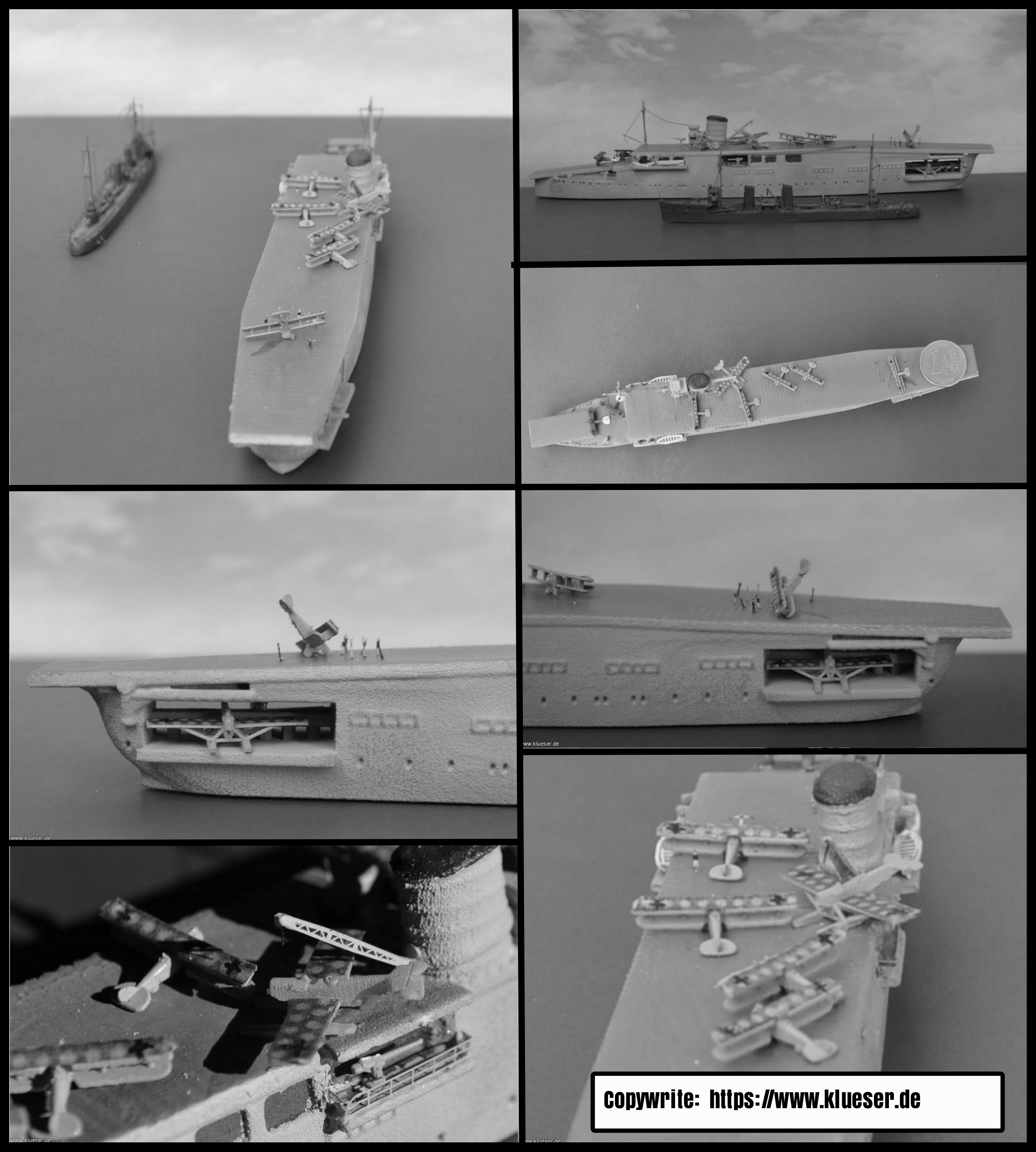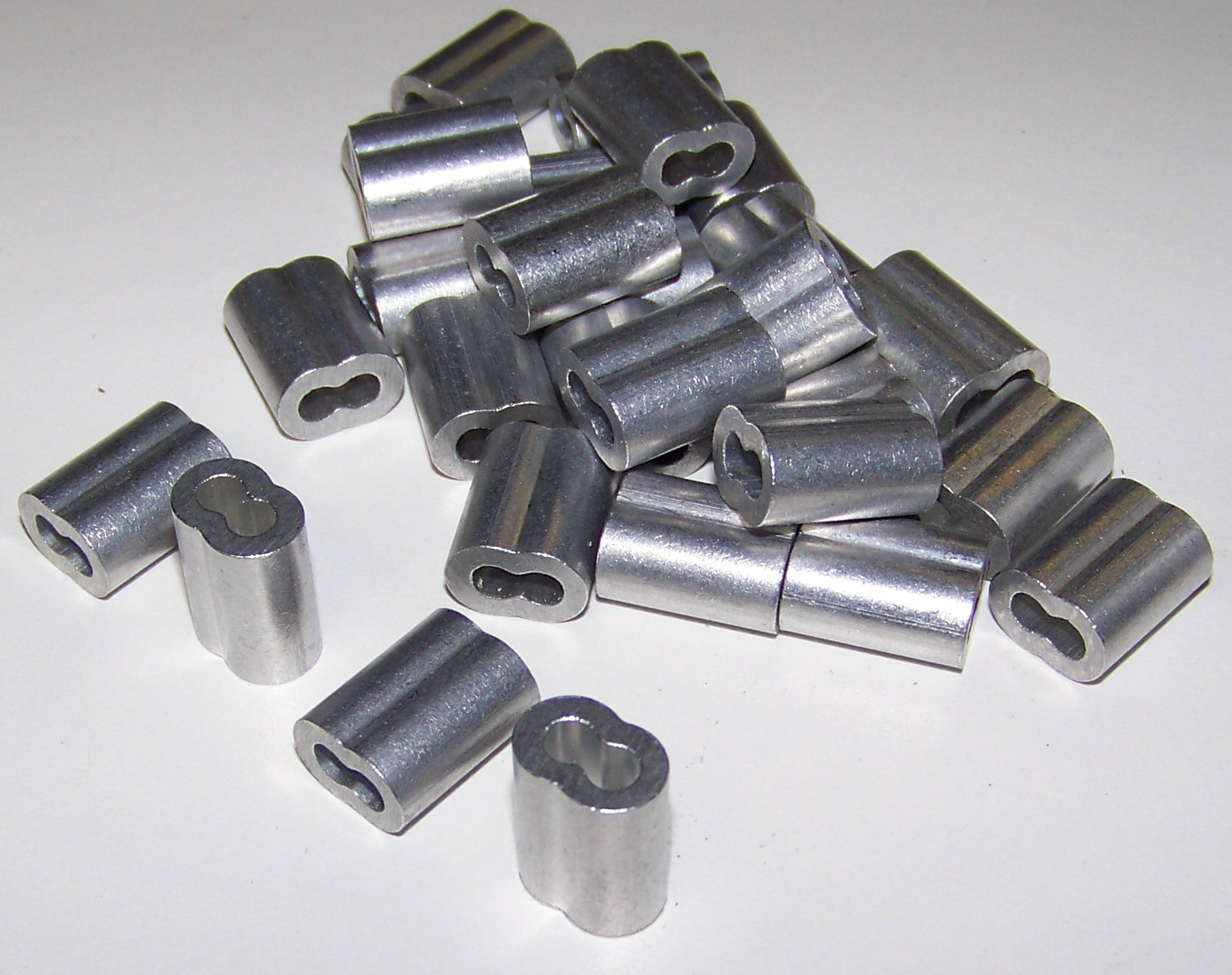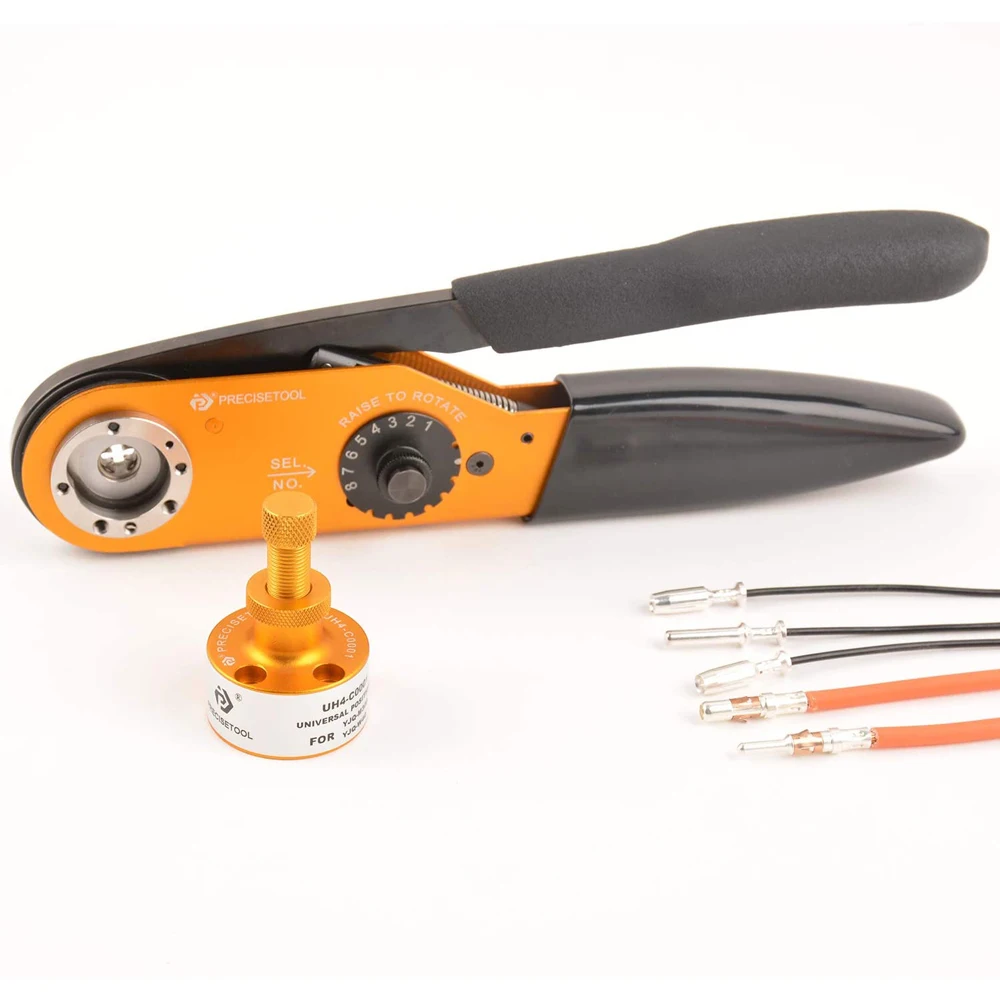Ww1 Aircraft Carriers - Successfully evading the first two Japanese bombing runs, the ship was hit five times on the third, causing the topsides to burst in to flames and the ship to develop a 10-degree list to port. Limping towards Tjilatjap Harbor, Langley lost power and was unable to negotiate the mouth of the harbor.
At 1:32 PM, the ship was abandoned and the escorts moved into sink the hulk to prevent its capture of her by the Japanese. Sixteen of Langley's crew were killed in the attack. Join historians and history buff's alike with our Unlimited Digital Access pass to every military history article ever published (over 3,000 articles) in Sovereign's military history magazines.
Ww1 Aircraft Carriers

Our database is searchable by subject and updated continuously. Unlike modern aircraft carriers, seaplanes were equipped with a crane, to lower the seaplanes into the water. Once these seaplanes had completed their mission, the crane would pick them up and place them back in the ship.
Message Streamer
Tactical aerial bombing, or the hitting of targets on the battlefield, became an important part of the war. Bombing of both military targets and more strategic objectives, such as factories and bases on the home fronts, were soon a common occurrence.
This aerial photograph shows British bombs falling on to a target behind enemy lines. As a result, the shipyard halted the Saratoga's construction until after the war. Following the war, the US Navy changed its needs, based partly on the very limited use of ships during WWI.
As a result, the Saratoga was redesigned. These early aircraft were not fitted with radio sets, but messages about enemy troop movements needed to be communicated quickly. Pilots could either drop messages in weighted bags or use message streamers to drop messages to forces on the ground.
This message streamer was dropped on 9 September 1914 during the Battle of the Marne. The vessel would be completed in late 1925. After a series of rigorous testing, the vessel would be commissioned in November 1927. The USS Saratoga would serve during WWII, before being destroyed during a nuclear test.

The Red Baron
Manfred von Richthofen was born into an aristocratic Prussian family in 1892. After serving in the German Army on the Western Front, he transferred to the air service in May 1915. He became the highest-scoring ace of the war with 80 officer victories. was later given command of the 'Flying Circus', a unit comprised of Germany's elite fighter pilots.
He was killed in action in April 1918 and buried by the British with full military honours. At the end of WWI, Japan was on the winning side, getting a seat at the signing of the Treaty of Versailles.
During the war, Japan had seen several of its allies experiment with a new type of seaplane carrier: the aircraft carrier. Aircraft became larger as the need for bombers grew. These aircraft could carry large quantities of explosives to drop on strategic targets, like factories and dockyards.
They depended on long range and reliability as targets were often well behind enemy lines. By the end of the war aircraft had developed and improved dramatically. Balloon carriers were the first modern iteration of an aircraft carrier.
Bristol Braemar Mk I
As the name would suggest, instead of launching planes, these carriers would launch hot air balloons equipped with a series of bombs, or the balloons themselves were bombs. James McCudden joined the Royal Flying Corps as a mechanic in 1913, when he was just 18 years old.
He went on to become one of the highest scoring British fighter pilots of the First World War, with 57 victories. McCudden was awarded the Victoria Cross in the spring of 1918 and after a brief rest he was posted back to the Western Front to take control of his own squadron.

He was killed in a flying accident on 9 July 1918. Some men had only a few hours of training before being sent on active missions due to an ever increasing demand for pilots. As a result, the length of basic training was minimal so it was important that their instruction was easy to understand.
This short training led to heavy losses, as inexperience in the air often proved fatal. After first being laid down in January 1918, the ship was launched in September 1919. However, the Hermes was not commissioned until February 1924. Becoming the world's first purpose built aircraft carrier (to be laid down!)
Balloon Carriers
At first most aircraft were unarmed, although some pilots did carry weapons with them including pistols and grenades. These were of limited use, however, as the body of the aircraft itself made it difficult and dangerous to fire any weapons.
At the same time crude attacks were made on troops on the ground. Darts like these and other dangerous objects were used by both sides. They were usually dropped in bundles from airplanes, as this method ensured a wide dispersal.
During the first half of January 1942, Langley aided the Royal Australian Air Force in conducting anti-submarine patrols out of Darwin. Receiving new orders, the ship sailed north later that month to deliver 32 P-40 Warhawks to Allied forces at Tjilatjap, Java and to join American‑British‑Dutch‑Australian forces gathering to block the Japanese advance into Indonesia.
On February 27, shortly after meeting with her antisubmarine screen from her, the destroyers USS Whipple and USS Edsall, Langley was attacked by a flight of nine Japanese G4M "Betty" bombers. In 1898, Samuel P. Langley's first flying prototype sparked interest from the U.S.

Major J B Mccudden By William Orpen
Navy, which immediately began looking for military applications. Prior to World War I, various navies were experimenting with different forms of vessels to facilitate airpower, but it would be the British fleet who pushed carrier technology to new heights before the interwar period.
Like many weapons that evolved out of the Great War, aircraft carriers with the primary mission of combat sorties was a tactical grasped through combat. In the last year of the war, Britain finally began construction on the HMS Eagle, as a full deck aircraft carrier.
Over the course of the Eagle's construction, certain areas were redesigned after tests with other aircraft carrier concluded. The Duke was a director of the famed William Beardmore and Company, which made many of the Royal Navy's most advanced ships.
In 1912, the company had made a design for an aircraft carrier, which was rejected. The HMS Eagle would be commissioned in February 1924, and would be the pride of the Royal Navy (for a little while anyway!) The HMS Eagle would be used all throughout WWII, before being sunk during the Maltese Campaign of WWII.
Insufficient Preparation
Many saw being a pilot as a glamorous role, which would take them away from the front lines. Aviation attracted young, energetic recruits who were keen to be trained in this new way of warfare. As aircraft became more sophisticated they were seen as the cutting edge of new technology.
Air to air combat developed as stability gave way to maneuverability and aircraft became more challenging to fly. All in all, the overwhelming majority of historians agree that the Hōshō was the world's first aircraft carrier.

Although, a small minority do view the USS Langley, HMS Hermes, HMS Argus or the USS Lexington as the first aircraft carrier. On October 25, 1936, Langley arrived at Mare Island Naval Shipyard for conversion into a seaplane tender.
After removing the forward section of the flight deck, workers built a new superstructure and bridge, while the aft end of the ship was altered to accommodate the ship's new role for her. Re-designated AV-3, Langley sailed in April 1937. Following a brief assignment in the Atlantic during early 1939, the ship sailed for the Far East, reaching Manila on September 24. When World War II began, the ship was anchored nearby at Cavite.
World War Ii
On December 8, 1941, Langley departed the Philippines for Balikpapan, Dutch East Indies before finally making for Darwin, Australia. There are several contenders for the title of first aircraft carrier. Several ships claim to have had the first as a part of their navy, many ship builders also claim to have made the first as well.
In place of her turrets and batteries from her, the Furious was given a large deck, which WWI-era aircraft could takeoff and land on. The HMS Furious would be launched in August 1916, before being commissioned in June 1917.
Here, several new treaties were put in place, as to what type of ships countries could build, and how many of them they could build. This included battleships, which the US would be over the limit for.
Japan sank a large portion of its military budget into the Hōshō, which enabled it to have some of the most advanced weaponry of its time. She it was also slightly larger than Britain's first aircraft carrier: HMS Argus.

By Brad Reynolds
All in all, HMS Argus was the first aircraft carrier in essence, having entered service in September 1918, long before the USS Langley in 1920 or the USS Saratoga in November 1927, nor the USS Lexington in December 1927.
William Beardmore and Company had not only a competent design, but the pieces in place to make it a reality. The Admiralty decided to fun the project in 1916, and the ship that would eventually become the HMS Argus, was born.
At the start of the First World War, aircraft like the B.E.2 were primarily used for reconnaissance. Due to the static nature of trench warfare, aircraft were the only means of gathering information beyond enemy trenches, so they were essential for discovering where the enemy was based and what they were doing.
As trench systems developed and became more complex, it became harder for pilots to accurately record what was happening on the ground and formal aerial photography was introduced early in 1915. The first experimental photographs were taken by hand, but aerial recognition was most effective when using cameras which were attached to the aircraft, like this C Type camera.
Popular Post
Laid down on October 18, 1911, at the Mare Island Naval Shipyard in Vallejo, CA, USS Langley (CV-1) began her life as the Proteus-class collier USS Jupiter (AC-3). Its keel-laying ceremony for her was attended by President William H. Taft.
Work continued through the winter and the collier was launched on April 14, 1912. The US Navy's first turbo-electric-powered ship, Jupiter joined the fleet in April 1913, under the command of Commander Joseph M. Reeves. These seaplane carriers would see action all throughout WWI, even when other naval conflicts were avoided!
This is mostly because these seaplane carriers could be well behind the frontlines, while the aircraft bore all the risk. Work began immediately to convert the ship, which she was renamed in honor of aviation pioneer Samuel Pierpont Langley on April 21, 1920. In the yard, workers reduced the ship's superstructure and built a flight deck over the length of the ship.
The vessel's two funnels were moved outboard and an elevator built for moving aircraft between decks. Completed in early 1922, Langley was designated CV-1 and commissioned on March 20, with Whiting, now a commander, in command.
Seaplane Tender
Entering service, Langley became the primary test platform for the US Navy's budding aviation program. Throughout 1916 and 1917 aerial warfare developed from lone fighting to ever larger formations of aircraft and patrols. Patrol leaders would try to give themselves an element of surprise by positioning themselves above the enemy before attacking.
At this point the formations would break up into individual dog fights. 'Air aces' were celebrated as heroes and used for propaganda by their governments.
history of the aircraft carrier, british aircraft carriers ww2, japanese aircraft carriers of ww2, flying aircraft carrier ww1, us aircraft carriers ww2, world war 1 aircraft carrier, first aircraft carrier, ww2 aircraft carriers










